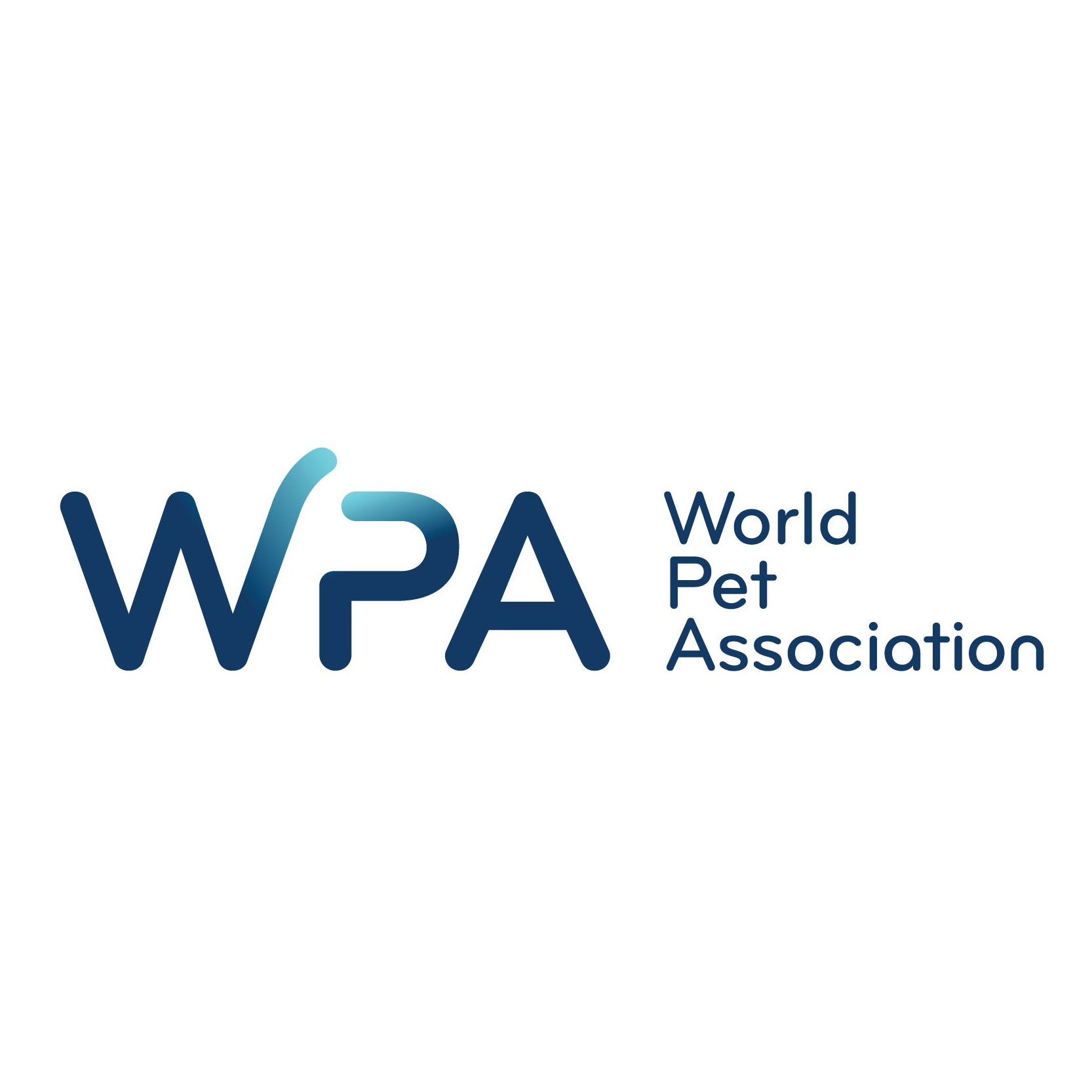Principal Investigator
Full Text
Rationale
Autism spectrum disorder (ASD) is a lifelong neurobiological disorder with no known cure, affecting approximately 1 in 68 children in the United States. It is primarily characterized by impairments in social and communication functioning along with restricted interests and repetitive behaviors. Most children with ASD have a co-occurring mental health condition, typically of anxiety and depression. Many of these children are treated in psychiatric hospital settings due to acute agitation involving dangerous behaviors. Preliminary evidence demonstrates that the use of animal-assisted activities (AAA) shows promise as a potential means for improving the mental health and wellness of children and adolescents with ASD in community settings.
Objective
The objective is to investigate the effect of canine AAA on physiological arousal levels in children and adolescents with ASD in a specialized psychiatric hospital program.
Hypothesis
It is hypothesized that children with ASD will demonstrate lower physiological arousal in the presence of dogs, compared to a non-animal control.
Results
Results replicate previous observations of pediatric participants, with displays of more social and communication behaviors when in the presence of an animal versus a toy activity condition. Specifically, results from this study revealed that participants displayed more social and communication behaviors of talking, use of gestures, and socially directed eye gaze when engaged in the AAA experimental condition. Also, when participants were engaged in the AAA experimental condition, they displayed a higher rate of positive facial expressions (2.3 times more smiling, 3.2 times more laughing) and twice the number of positive vocalizations (e.g. “this is fun”) compared to the toy control condition. This supports the previous findings of greater non-verbal communication, such as laughter, when participating in AAA.




